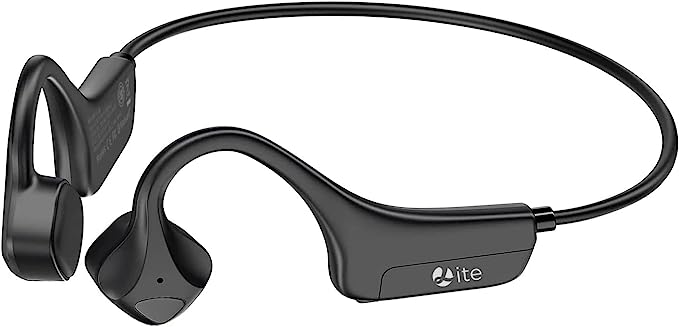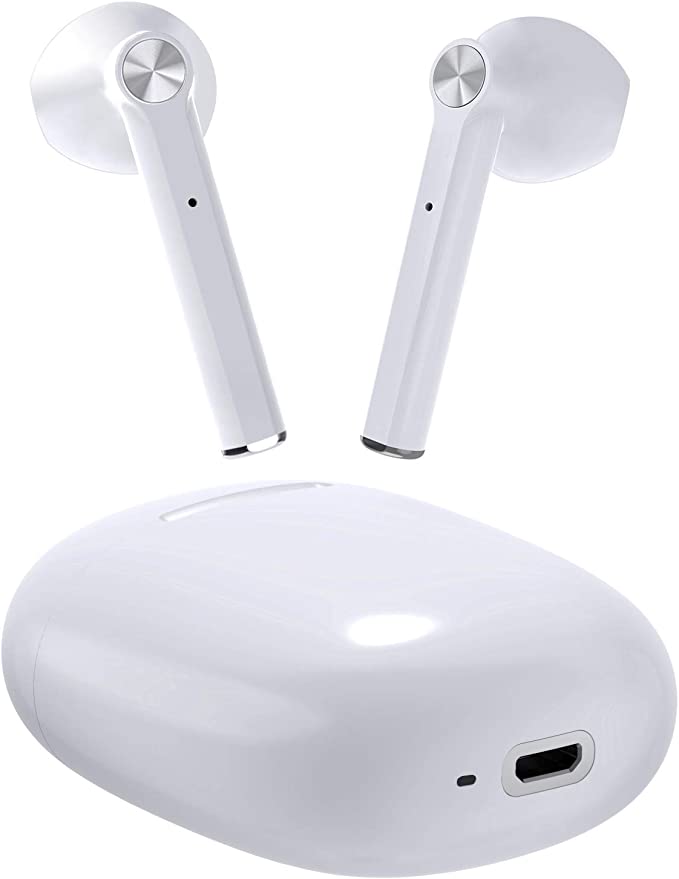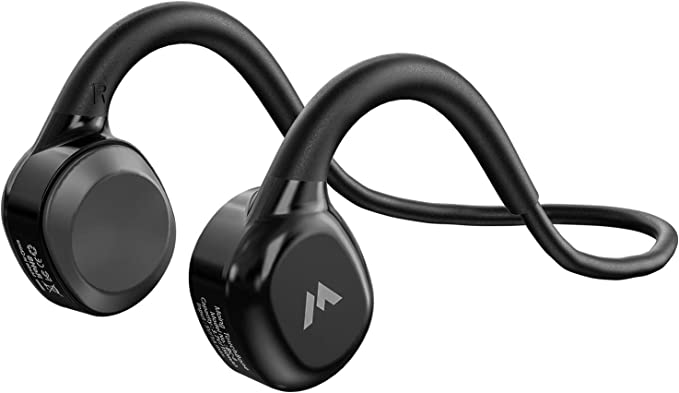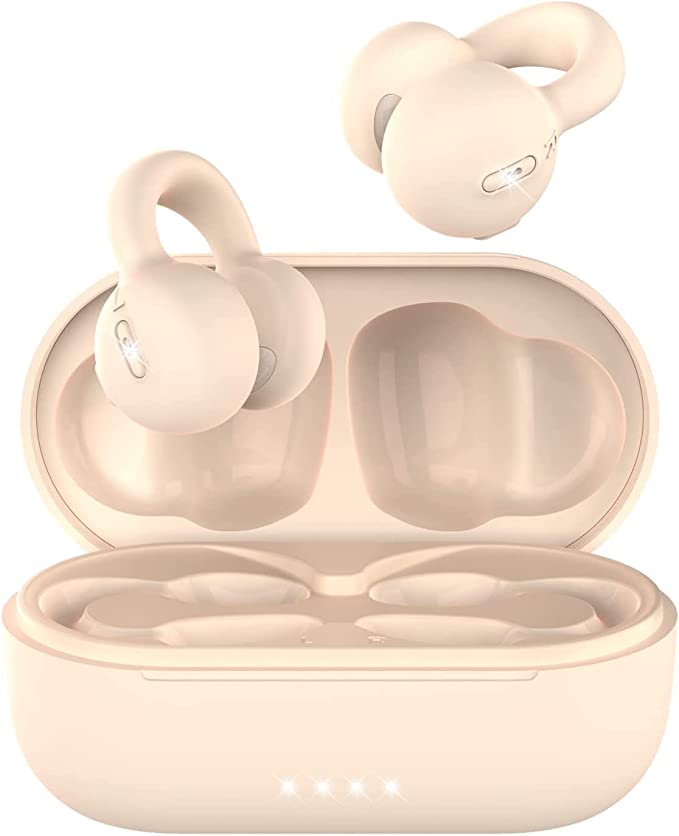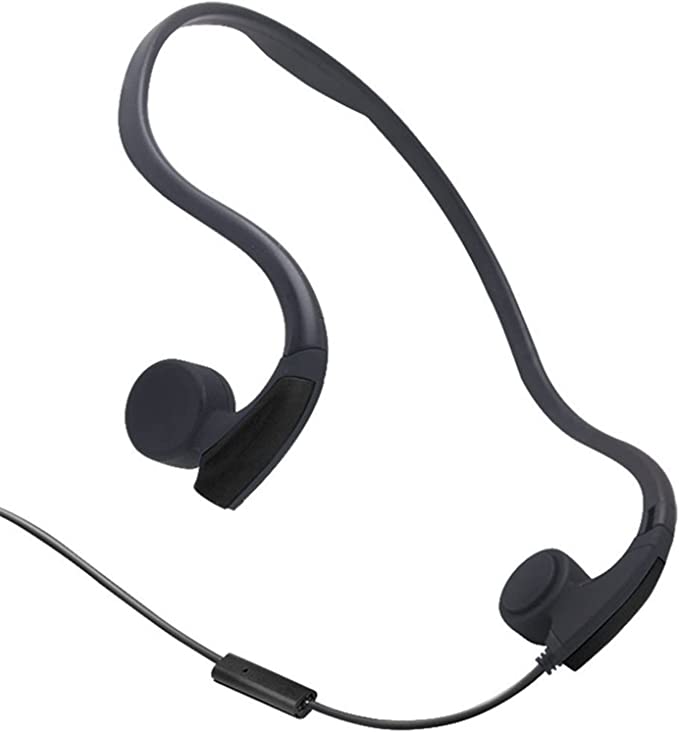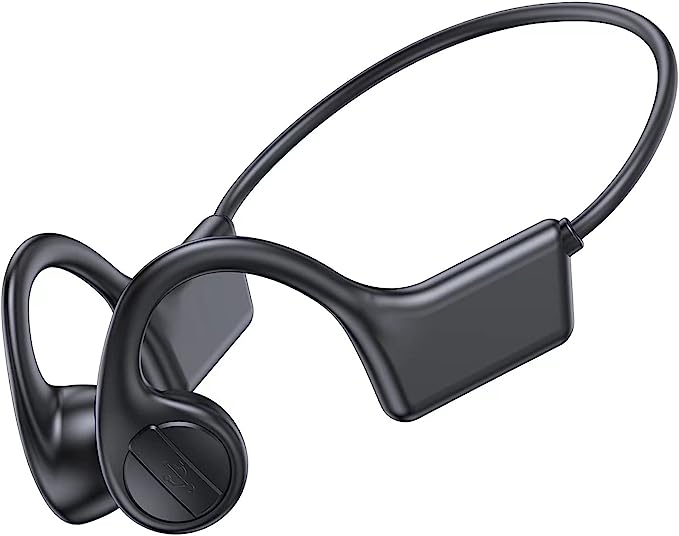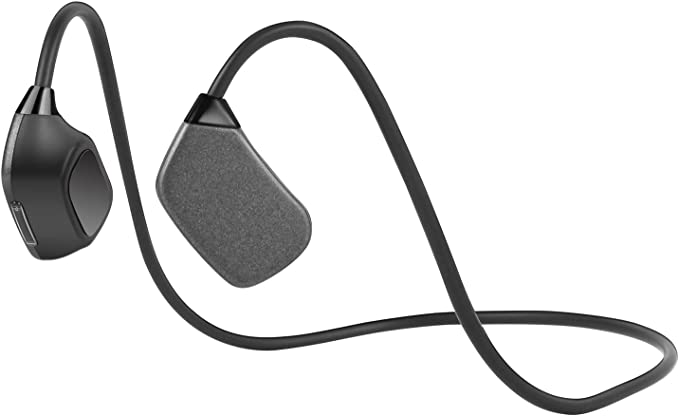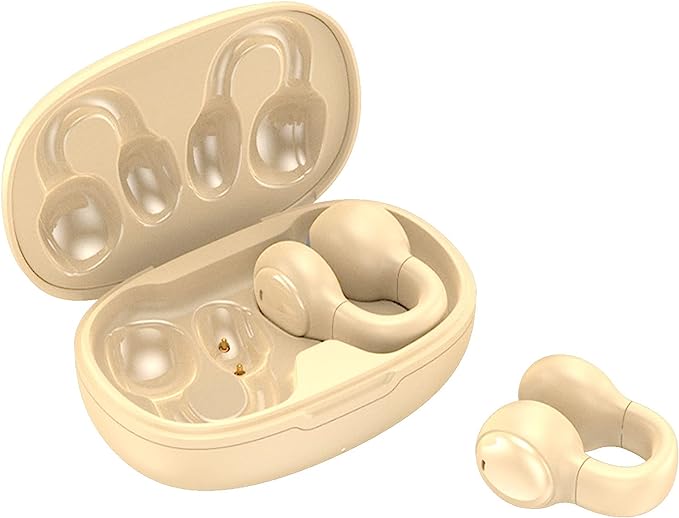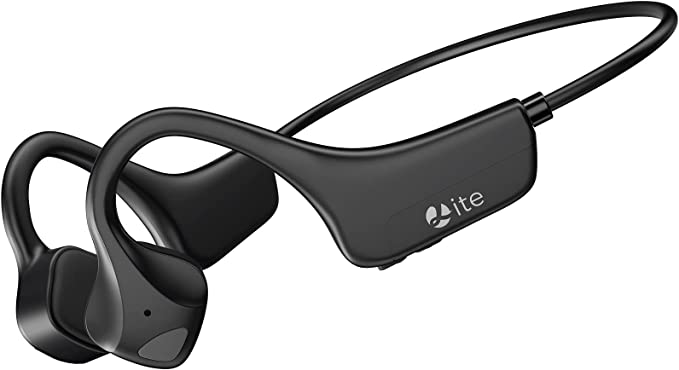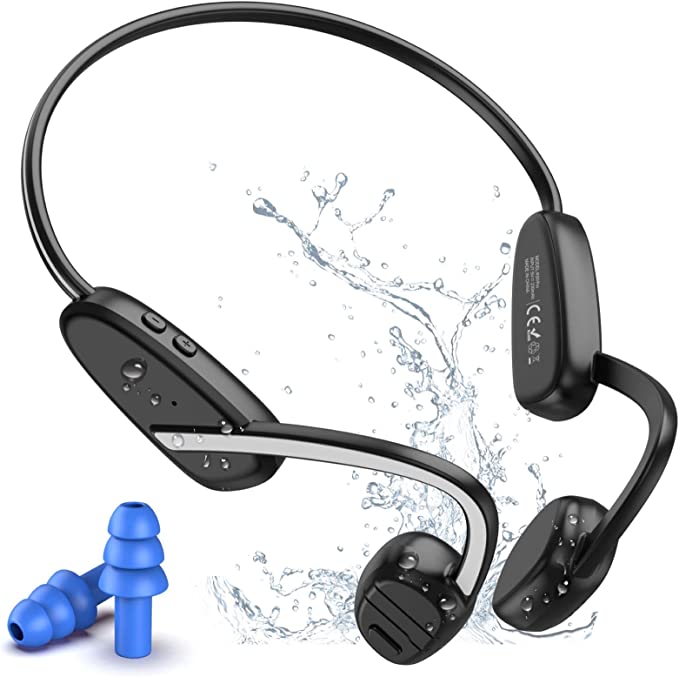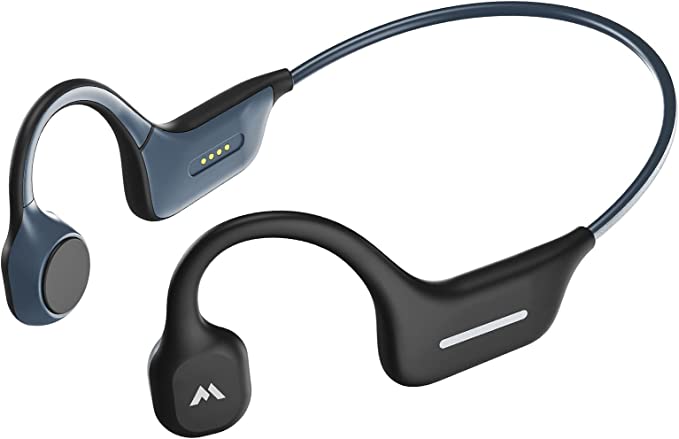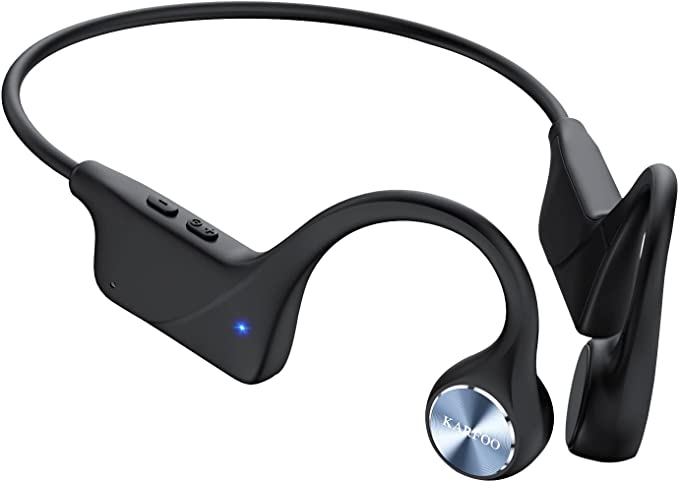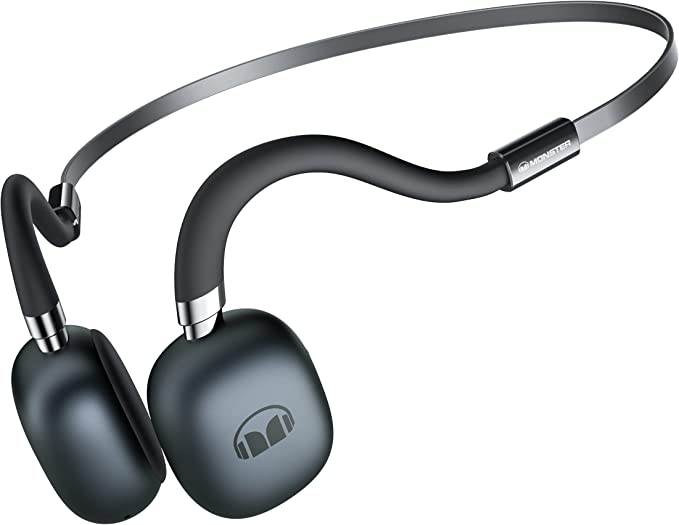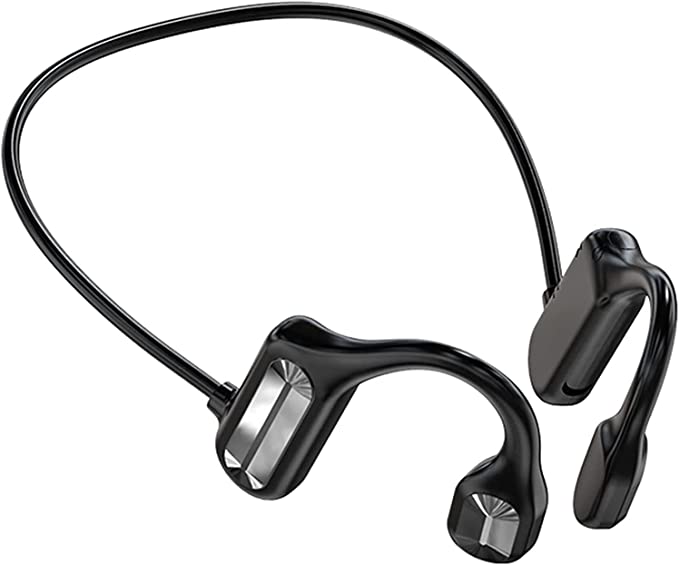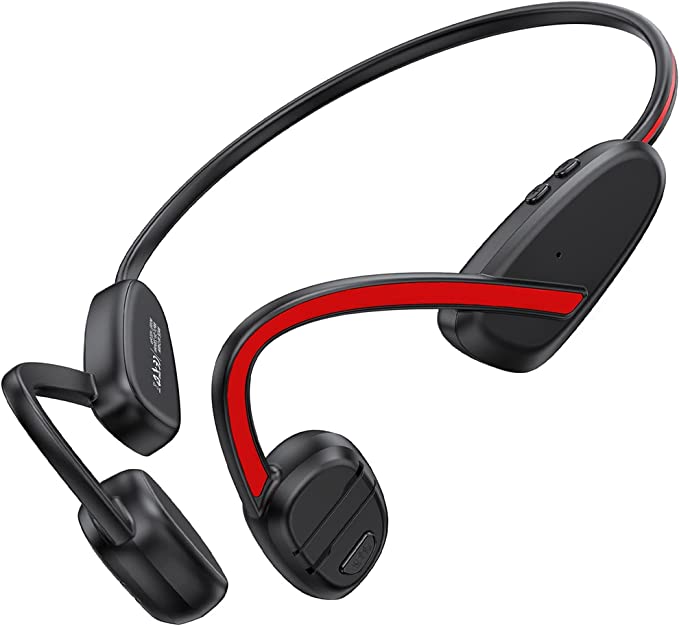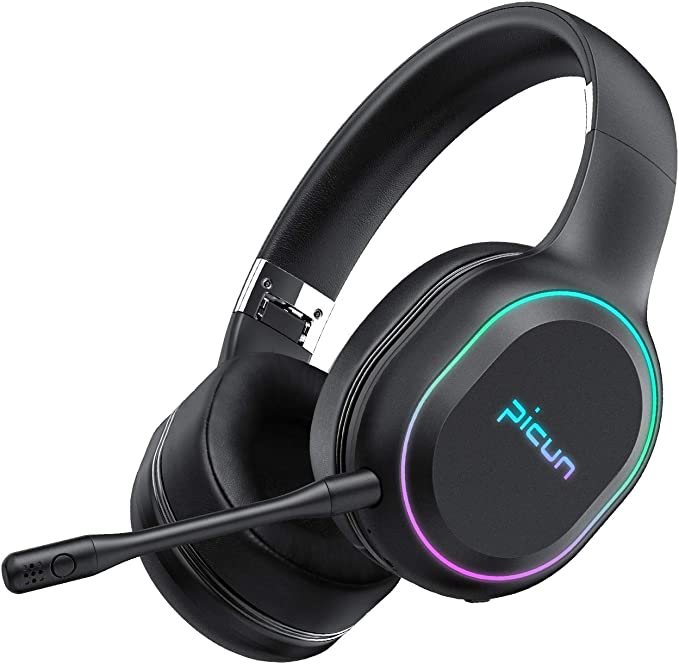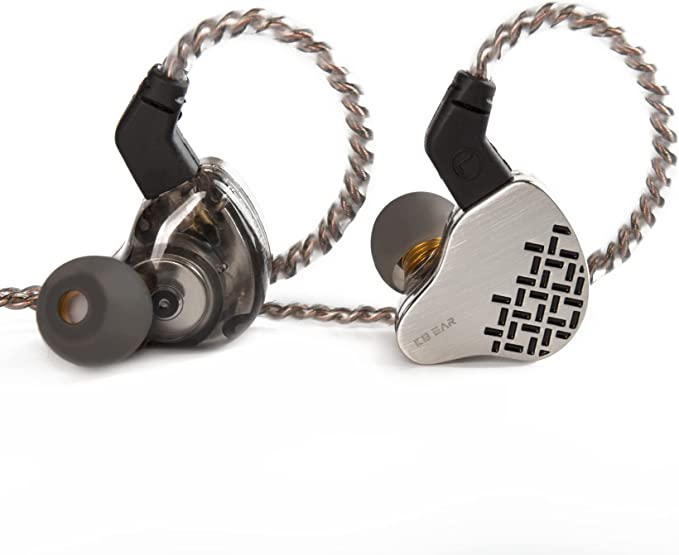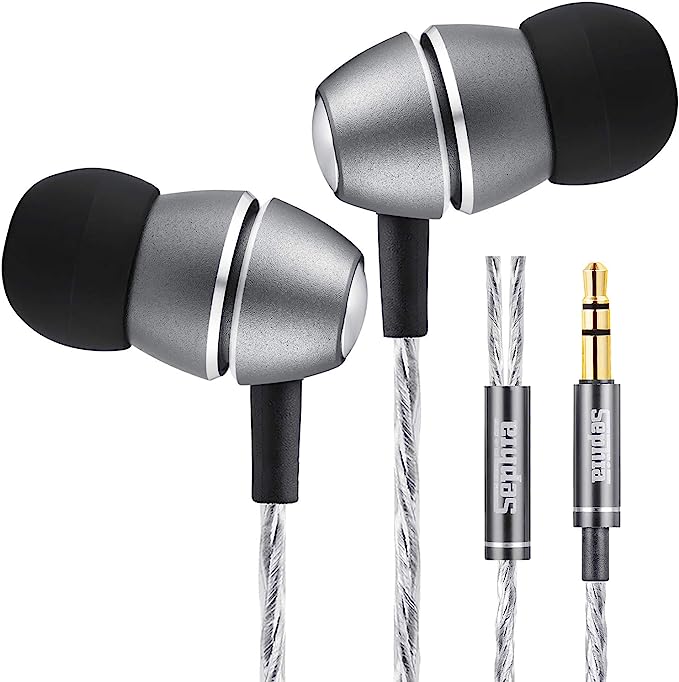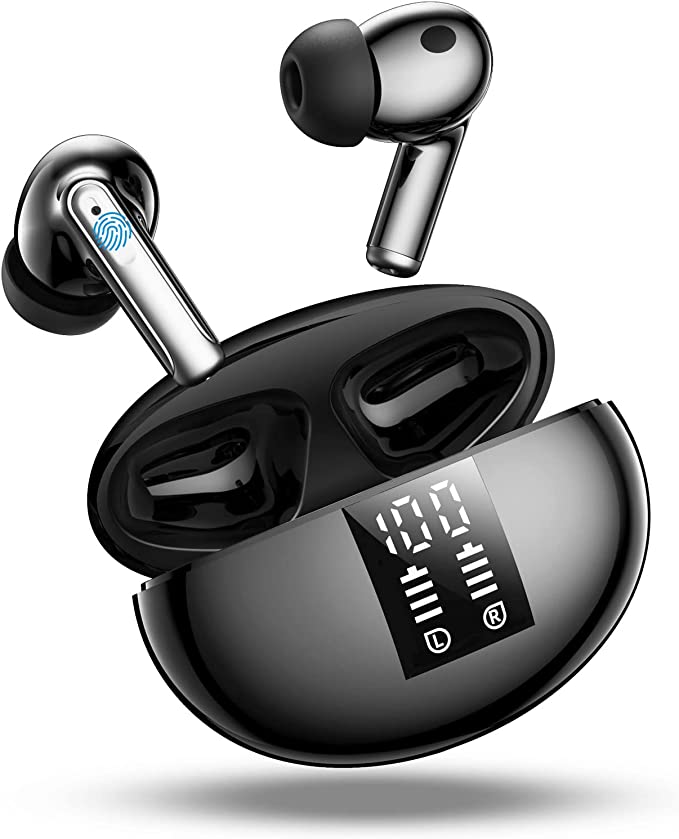Hear the World, Protect Your Hearing: Understanding Bone Conduction with the HCMOBI S100
Update on July 24, 2025, 3:55 p.m.
History offers us a poignant image: Ludwig van Beethoven, one of music’s greatest geniuses, leaning over his piano in the twilight of his hearing. Unable to perceive the notes through the air, he reportedly bit down on a metal rod pressed against the instrument’s soundboard. Through the vibrations traveling up the rod and into his jaw, the silent keys once again sang for him. He was, in essence, feeling the music.
How was this possible? This curious, almost desperate act wasn’t magic; it was a raw application of a biological principle we often forget. It’s the very same principle that, centuries later, powers a revolutionary class of audio technology designed not to seal us off from the world, but to open our ears to it. This is the fascinating science of bone conduction, a journey that takes us from a composer’s desperate innovation to the sleek, modern form of devices like the HCMOBI S100 Bone Conduction Headphones.

The Forgotten Pathway: How We Truly Hear
To understand bone conduction, we must first reconsider what it means to hear. The process we’re all familiar with is air conduction. A sound wave—a vibration traveling through the air—is captured by our outer ear, funneled down the ear canal, and causes our eardrum to vibrate. These vibrations are then amplified by tiny bones in the middle ear and transmitted to the fluid-filled cochlea, our inner ear’s spiral-shaped command center, which finally converts them into electrical signals for our brain.
But this is only one of two pathways. Imagine you’re swimming underwater. You can still clearly hear the dull thrum of the pool filter or someone tapping on the side of the pool. Your ears are blocked by water, so how does the sound get in? It travels through the water and, more importantly, through the solid bone of your skull directly to your cochlea. This is bone conduction. Sound is vibration, and bone is an excellent conductor.
This “secret path” bypasses the eardrum entirely. And in that simple fact lies a profound opportunity: what if we could intentionally send audio along this pathway? We could leave our ear canals completely open, free to receive the ambient sounds of the world—the approaching car, a fellow cyclist’s warning, a colleague’s question—while simultaneously enjoying our own private soundtrack.

Engineering Sound Through Structure: The Modern Marvel
Moving from Beethoven’s iron rod to a sophisticated piece of modern electronics is a monumental leap in engineering. A device like the HCMOBI S100 isn’t just a gadget; it’s a carefully orchestrated system where materials science, electronics, and ergonomics converge to harness the physics of vibration.
The “engine” of this system is a pair of small transducers. These marvels of miniaturization do the work of Beethoven’s entire piano, converting electrical signals from your device into precisely controlled mechanical vibrations. Placed on the cheekbones, they become the source of your personal audio, transmitted not through the air, but through your body’s own framework.
This engine is mounted on a remarkable “chassis.” The frame is crafted from a titanium alloy, a material chosen for reasons that go far beyond aesthetics. Titanium is renowned in aerospace and medical fields for its exceptional strength-to-weight ratio. This allows the S100 to weigh a mere 26 grams—light enough to be almost unnoticeable—while remaining incredibly durable. Furthermore, this alloy possesses a shape-memory effect, meaning it can be flexed and twisted yet will return to its original form, providing a secure, gentle clamp that stays put during vigorous exercise without causing the pressure fatigue common with on-ear headphones.
And for an active life, this chassis needs “armor.” The S100 is rated at IP65. This isn’t just a marketing buzzword; it’s a standardized rating from the International Electrotechnical Commission (IEC). The ‘6’ signifies it is fully “dust-tight,” tested to prevent any ingress of dust. The ‘5’ means it can withstand low-pressure water jets from any direction. For the user, this translates to peace of mind. A sweaty run, an unexpected rain shower, or a dusty trail won’t compromise the sensitive electronics within. It’s durability defined by science.

The Signature of Vibration: A New Kind of Listening
Listening through bone conduction is a unique sensory experience. Because the sound isn’t being funneled into a sealed ear canal, the audio signature is different. Mids and highs—the frequencies where human voices and many instruments reside—come through with remarkable clarity. This makes the technology exceptionally well-suited for podcasts, audiobooks, and phone calls.
But what about the bass? This is where an understanding of the physics is crucial. The deep, resonant bass we feel from traditional headphones is largely a product of a sealed pressure chamber created inside our ear canal. Without this seal, bone conduction can’t replicate that same booming sensation. The bass is present, but it’s more of a clean, punchy note than a thundering rumble. This isn’t a flaw; it’s a trade-off inherent to the open-ear design, a choice for awareness over isolation.
This design also has implications for communication. The S100 features a noise-canceling microphone, but it’s important to understand what it’s canceling. Rather than creating silence for you (Active Noise Cancellation), this technology uses Environmental Noise Cancellation (ENC) to focus on your voice and filter out the ambient sounds around you for the person on the other end of the call. It’s a clever inversion: you get to hear the world, but your caller doesn’t have to.

Conclusion: Reclaiming Your Auditory Horizon
For decades, personal audio has been a binary choice: you were either tuned in or tuned out. Bone conduction technology dismantles this opposition. It offers a third way, a synthesis where your personal soundscape and the world’s soundtrack can coexist. It’s a technology that has journeyed from a medical aid for the hearing-impaired and a tactical tool for soldiers to a compelling lifestyle choice for athletes, commuters, and office workers.
A device like the HCMOBI S100 is the accessible, modern embodiment of this long-unfolding story. It represents more than just a new type of headphone. It’s an invitation to step out your door and hear both the motivating beat of your playlist and the rhythm of the city, to feel the bassline in your bones while staying connected to the world around you. It’s a chance to listen in a way Beethoven could only dream of—hearing everything, all at once.
